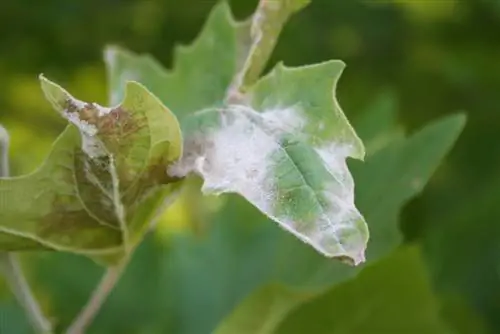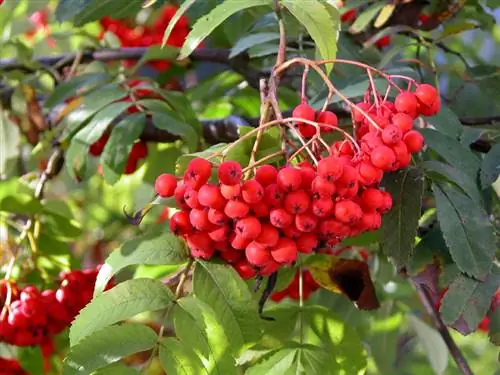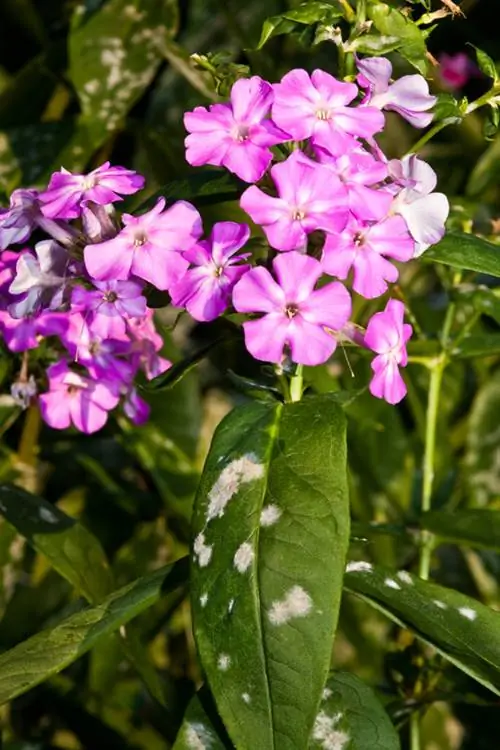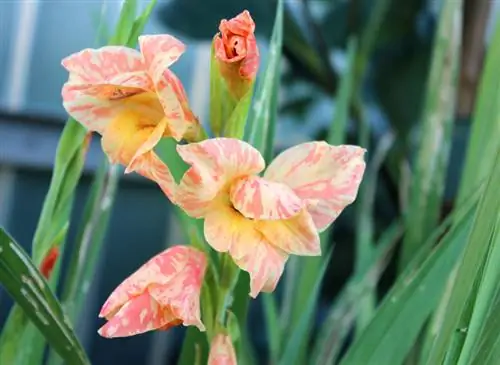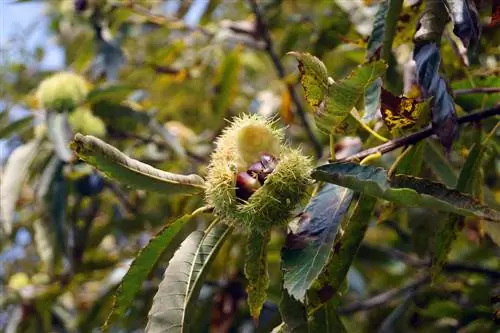- Author admin [email protected].
- Public 2023-12-25 17:45.
- Last modified 2025-01-23 11:22.
The plane tree is a robust tree. But it isn't completely effective against illnesses either. That's why their owner has to watch them carefully, because every disaster sends its signs. The earlier they are recognized and responded to with appropriate measures, the better the tree can recover.
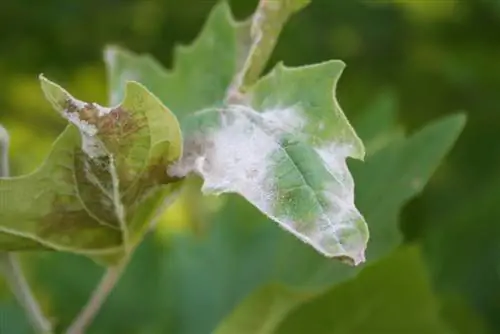
What diseases are most common in plane trees?
The most common diseases of plane trees are leaf browning, massaria disease and plane tree wilt. They manifest themselves as brown spots on leaves, dying bark and sunken areas of bark. If infested, affected parts must be removed and resistant varieties planted.
The three most common diseases on the plane tree
- Leaf Tan
- Massaria disease
- Plane wilt
Leaf Tan
The disease, which is caused by the fungus Apiognomonia veneta, affects the maple-leaved plane tree but also other plane tree species. It occurs particularly frequently in spring with a lot of precipitation. Leaves, shoots and bark can be affected. This is what the typical damage looks like:
- the first generation of leaves shows brown spots
- they are irregularly shaped, jagged
- start at the base of the leaf and develop along the main veins
- diseased leaves are thrown off early
- young shoots can wilt
- cortical necrosis occurs (death of affected areas)
Leaf browning usually only affects the first generation of leaves; regrowing leaves remain he althy. That's why this fungal disease is not a threat to our existence. But if it occurs several times in a row, the tree loses more and more fine branches. Since no product is approved for home gardens, affected branches are removed and disposed of.
Massaria disease
Drought and heat favor this fungal disease, which primarily affects plane trees from middle age onwards. These are the main symptoms:
- Cattle areas turn pink to reddish and die
- the following year they appear blackened by dark spores
- Plane tree loses bark
- the crown foliage is becoming thinner
- the affected wood is rotting
- Affected branches can break off within a few months
Larger branches do not die completely, but only on one side. Since this is usually the top side, which is difficult to see, there is a risk of overlooking the infestation if specific research is not carried out.
Tip
You should saw off larger affected branches as soon as possible, because if they are inevitably broken off they can damage things or even injure people. The material may be shredded and composted or burned.
Plane tree wilt (sycamore canker)
This fungal infestation cannot be fought, it is fatal. You should not wait for the tree to die, which occurs about 4-5 years after infection. The plane tree in the garden must be felled and disposed of along with the rootstock or burned. The first signs of illness are:
- a weakly leafy crown
- yellowish leaves
- dying branches
- sunken, discolored bark areas

